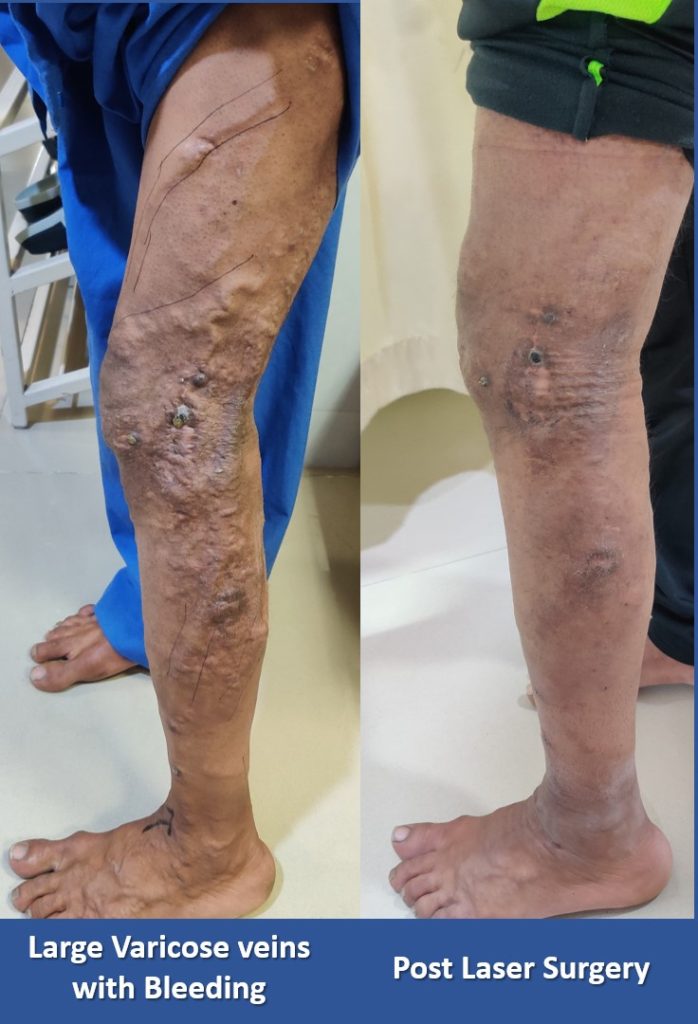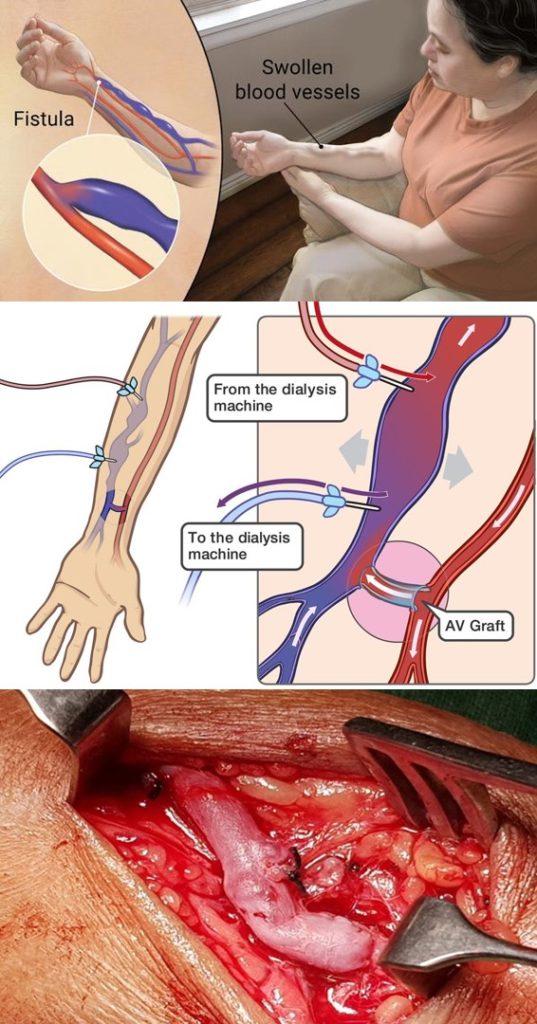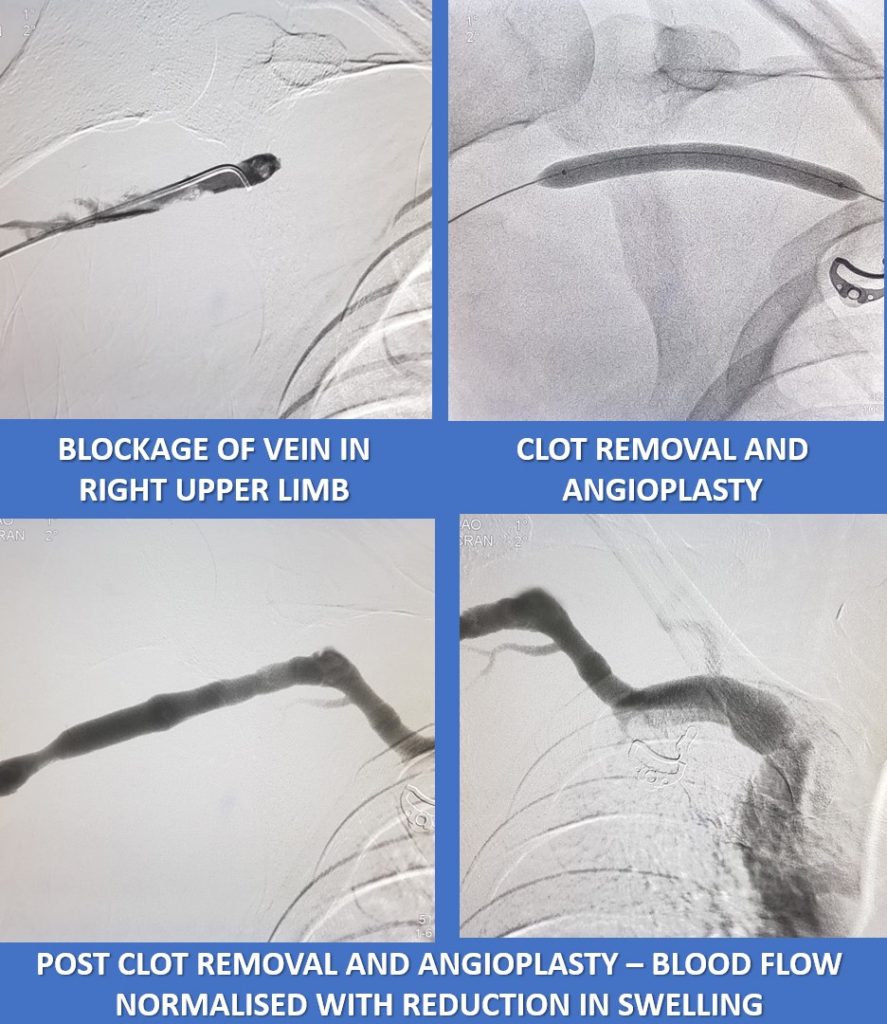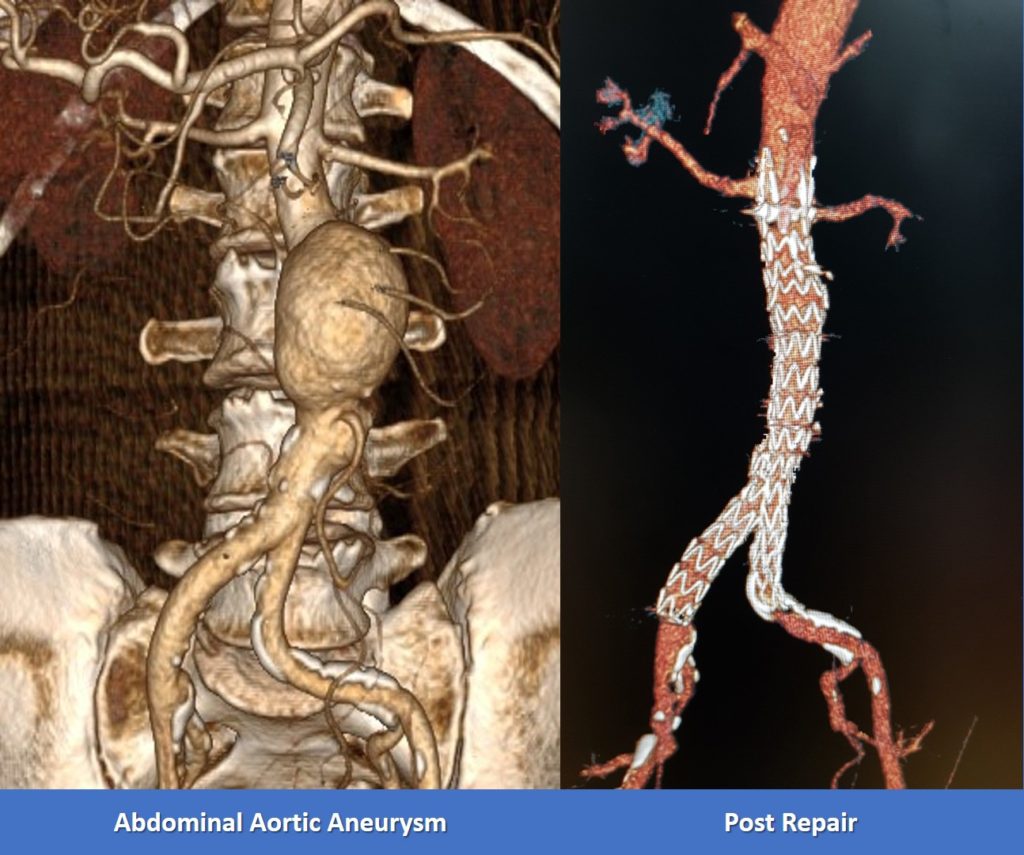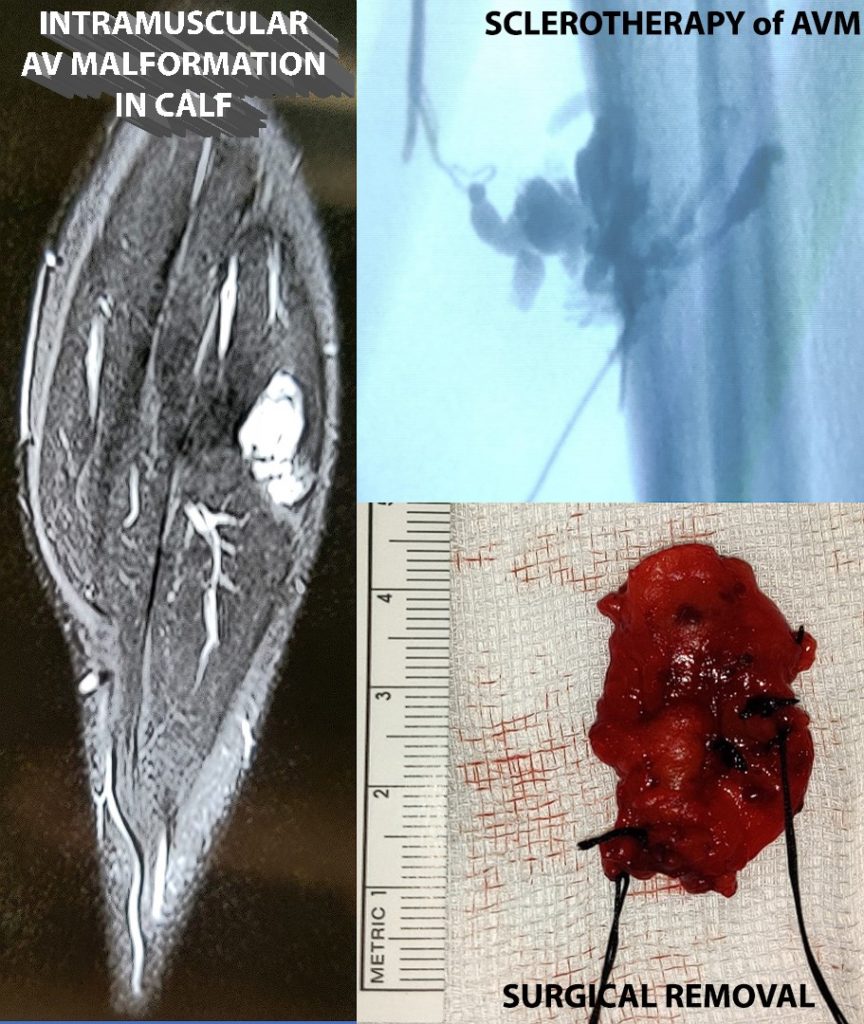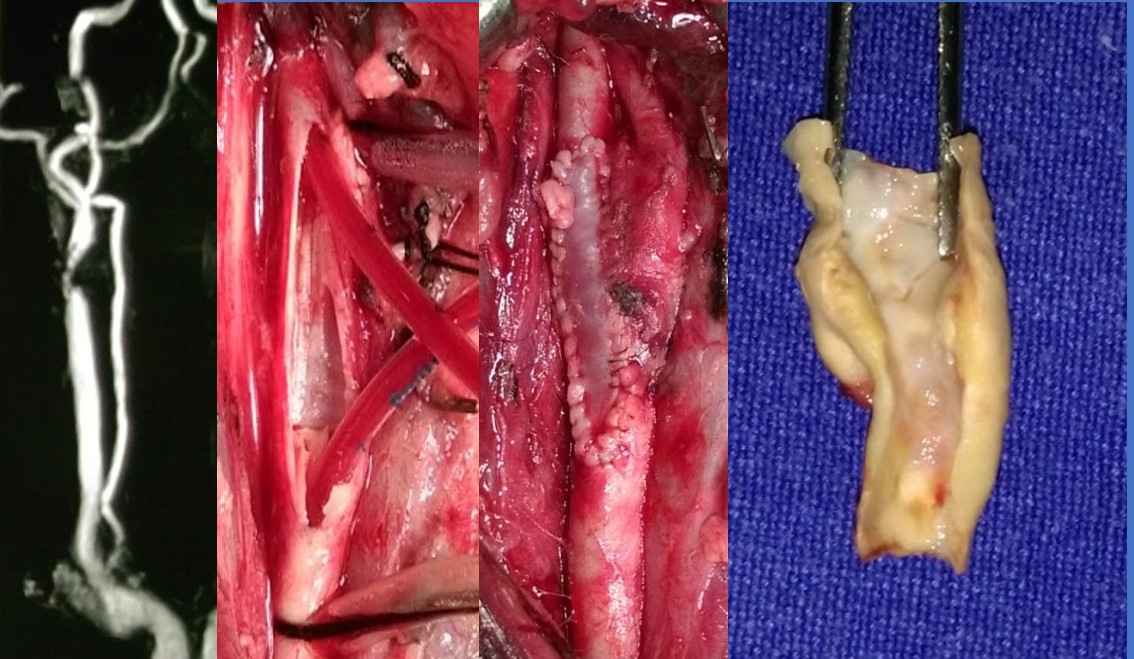Diabetic footwear is a specialized type of footwear designed for individuals with diabetes to reduce the risk of foot complications. People with Type II DM are prone to foot problems due to nerve damage and poor blood circulation, which makes it crucial for them to wear shoes that provide proper support and protection.
Diabetic footwear are designed with several key features that make them suitable for individuals with diabetes. Firstly, they have a roomy and large toe box, which provides ample space for the toes to move and prevents friction and pressure on the toes, which can lead to blisters, corns and other foot injuries.
Secondly, diabetic footwear have a deep and cushioned heel, which provides stability and support to the foot, preventing it from sliding forward and causing discomfort. Additionally, these shoes have a firm and supportive midsole, which helps to distribute weight evenly across the foot, reducing the risk of foot injuries.
Thirdly, diabetic footwear come with a non-binding and seamless interior, which reduces the risk of friction and pressure on the foot. This helps to prevent the formation of blisters and calluses, which can be extremely painful and lead to further complications.
Diabetic footwear are made from high-quality materials, which are breathable, durable, and moisture-wicking. This helps to keep the feet cool and dry, reducing the risk of fungal infections, which are common in individuals with diabetes.
Diabetic footwear is also designed to be adjustable, allowing individuals to customize the fit of the shoe to their specific needs. This is important because people with diabetes may experience changes in the shape and size of their feet, and the adjustable design of diabetic shoes makes it easier to accommodate these changes.
In conclusion, diabetic footwear is an essential part of foot care for individuals with diabetes. It provides proper support, protection, and comfort, reducing the risk of foot complications and ensuring that individuals with diabetes can maintain their mobility and independence. It is recommended that people with diabetes consult with a vascular surgeon to determine their specific needs and choose the right pair of diabetic footwear.









